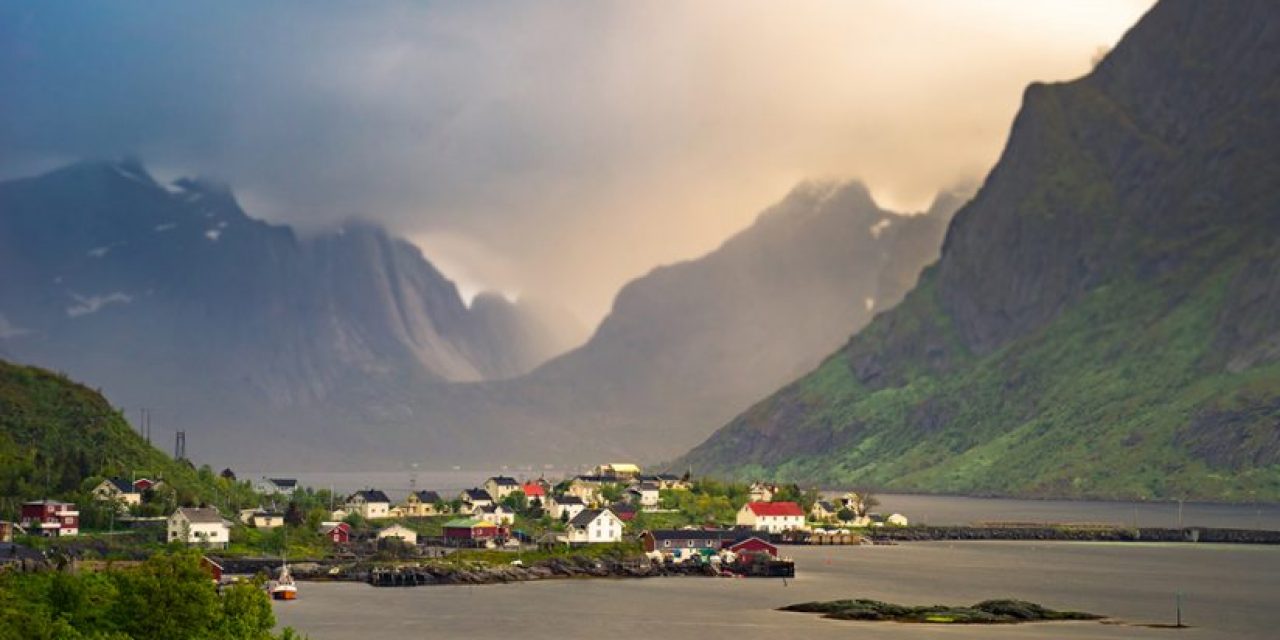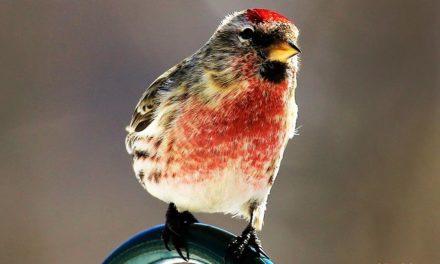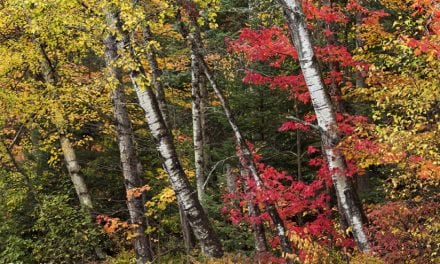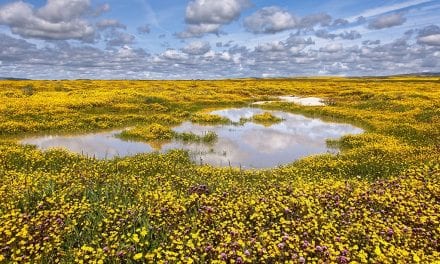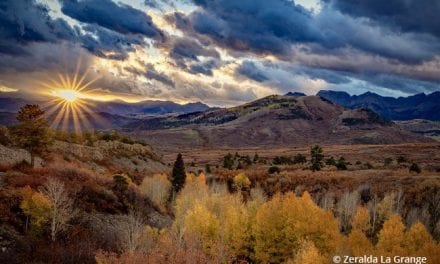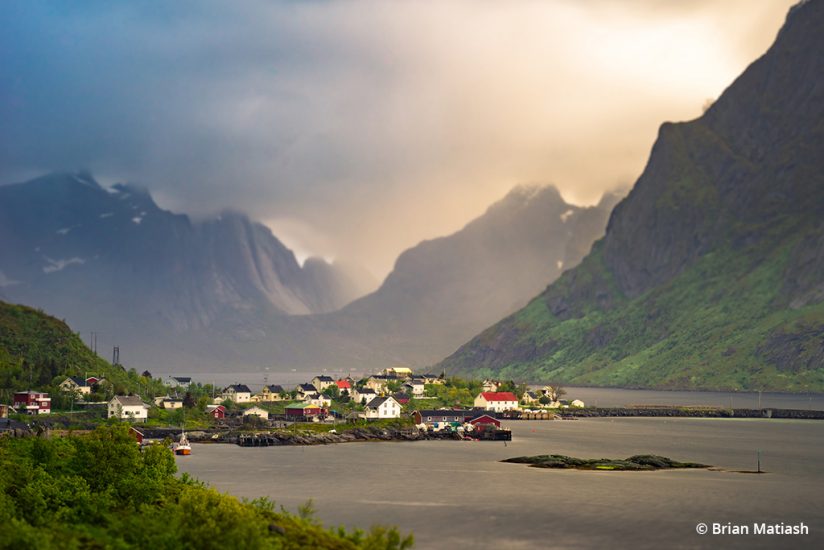
For as long as I can remember, my go-to focal length range has been in the ultra-wide realm. I always wanted to cram as much of a scene into my composition as possible, which typically meant that I was hovering between 12-16mm, depending on which lens I owned at the time. There was something powerful when it came to fitting a gigantic waterfall and the landscapes in front of and behind it all within my frame. Additionally, I was always quite averse to including any human elements in my frame. I’d go out of my way to avoid having people in my photos because I felt that they often were distractions from whatever my natural focal point was.
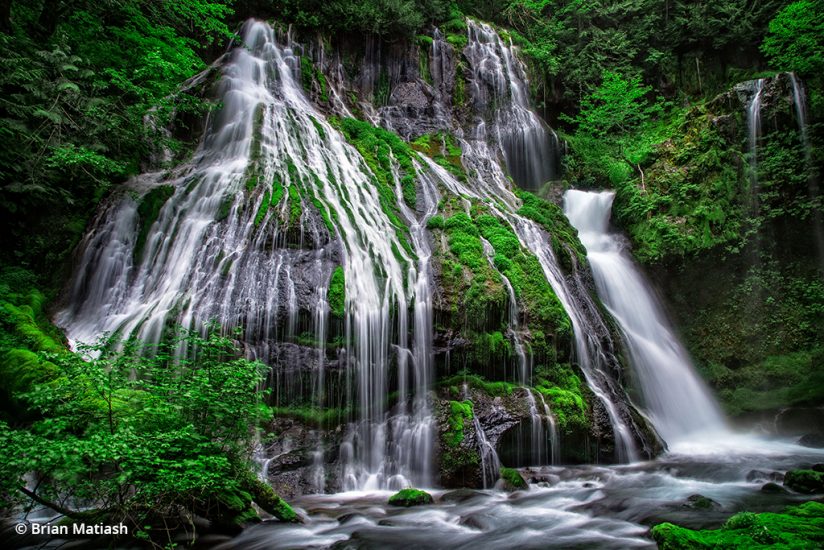
It wasn’t until a friend of mine asked me how tall a waterfall in one of my photos actually was that I began to think about the importance of scale in nature photography. At the time, I just looked at him blankly, completely stupefied by the seemingly simplistic question. How tall was the waterfall? “It was as tall as it looked in the photo,” was my answer. In hindsight, that question serves as an excellent reason why you should consider scale when composing your next landscape shot.
As viewers of photos, one of the things our minds are attempting to resolve is relative scale. Sometimes this process is active, and other times it is more subconscious. But, when we view a photo, we’re constantly trying to determine the size of the primary focal point, as well as its depth with respect to the rest of the composition. By including an element that provides a sense of scale, you are helping your viewers gather that information, and conveying size in a way that is relatable.
For example, take this photo of a waterfall in Oregon. On its own, it is difficult to gather how tall it actually is, right?
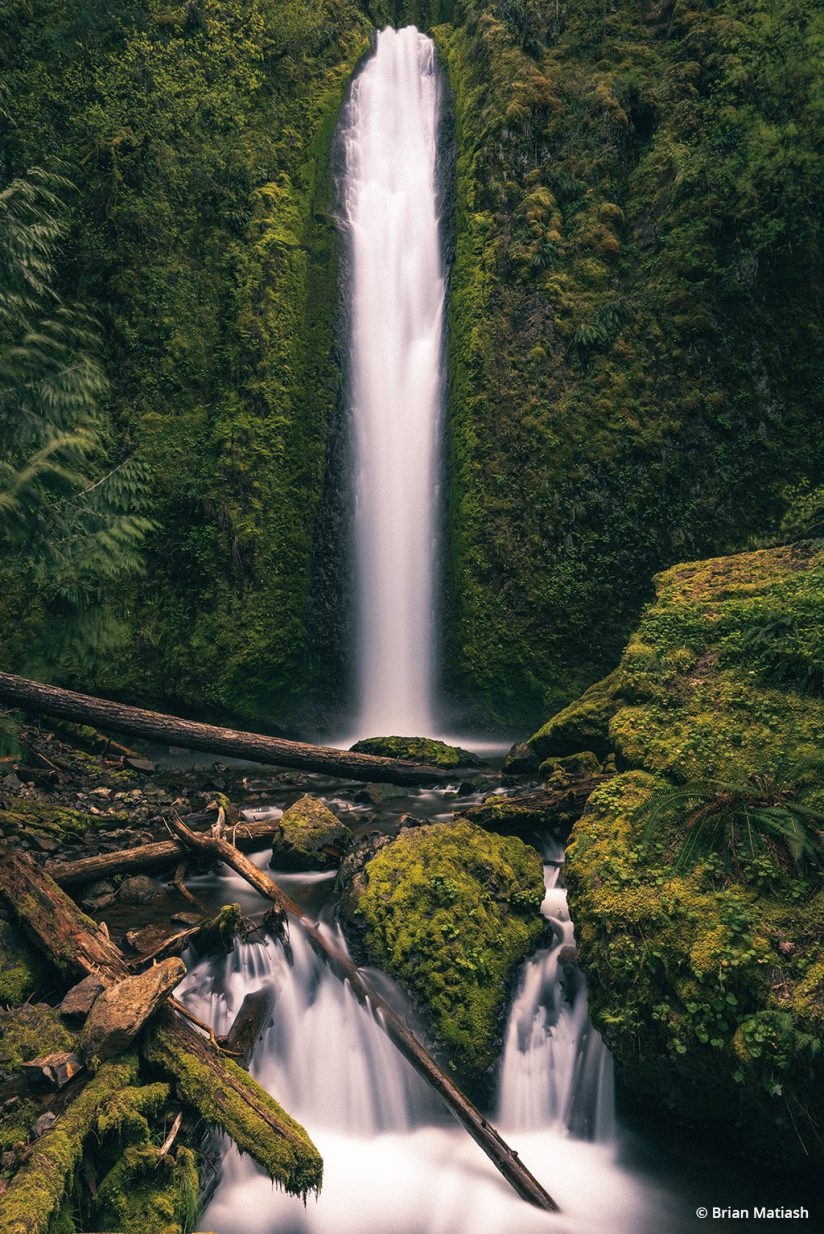
Now, look at this photo of the exact same waterfall, albeit with a different treatment. In this example, I asked my friend to stand at the base of it with the specific goal of introducing a sense of scale for the viewer.
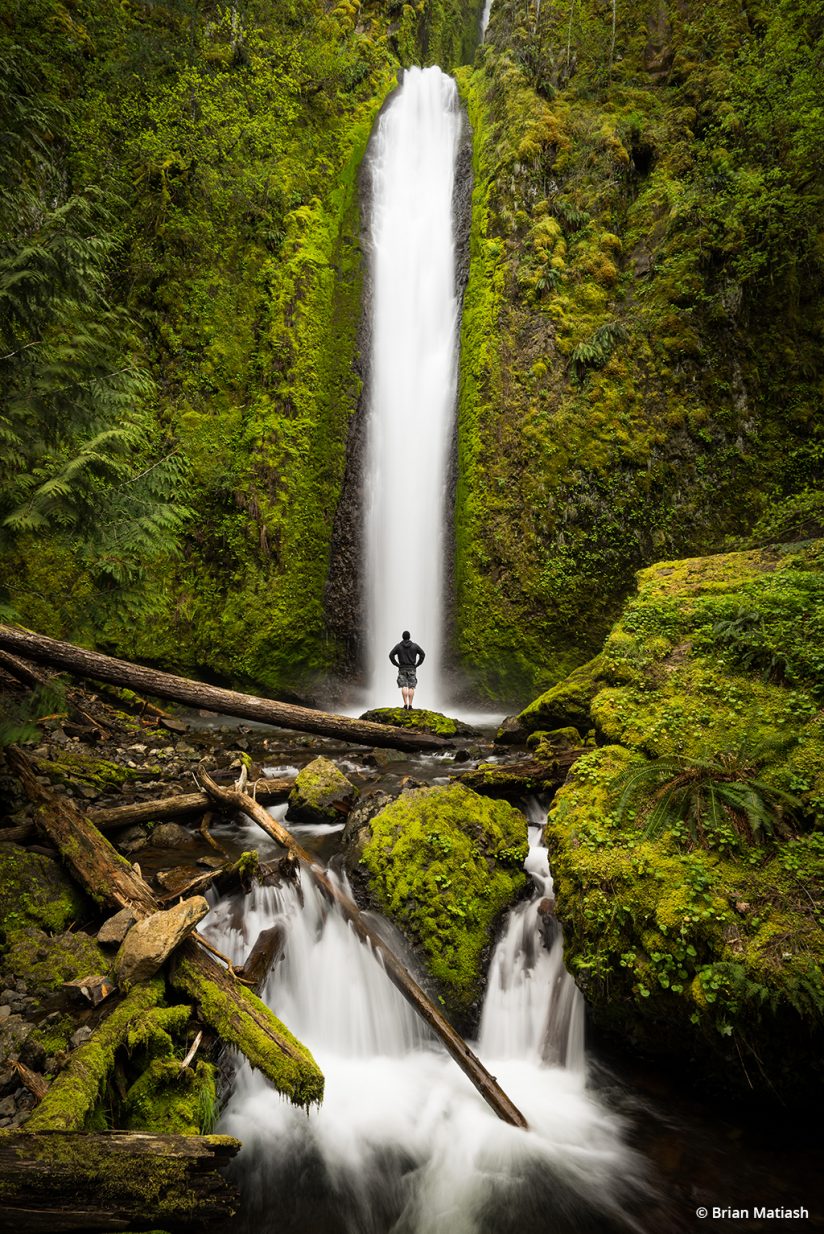
In most cases, a person is an excellent subject to include when factoring scale, which is ironic considering how averse to them I used to be. When we see a person in a frame, our minds can generally figure out their average height, which we can then use to extrapolate the size and depth of the surrounding scene.
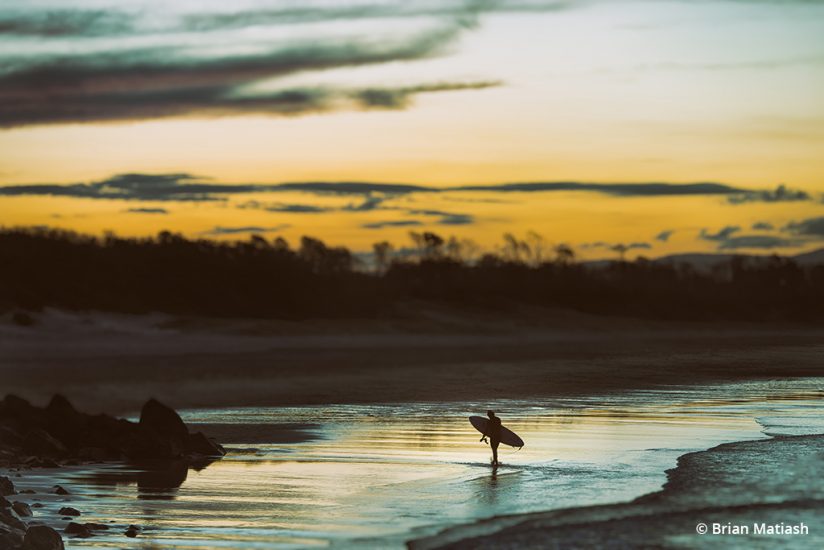
Additionally, using scale in nature photography isn’t something that is limited to ultra-wide focal lengths. In fact, it can be even more effective at longer focal lengths by introducing lens compression. In the example below, I had my lens set to 200mm while I was waiting for a giant wave to crash against the rocky shore that had several photographers standing on it. Again, because there were several people in the frame creating a sense of scale, you get a much better idea of just how large the wave was. It’d be far less effective if there were no people standing there.
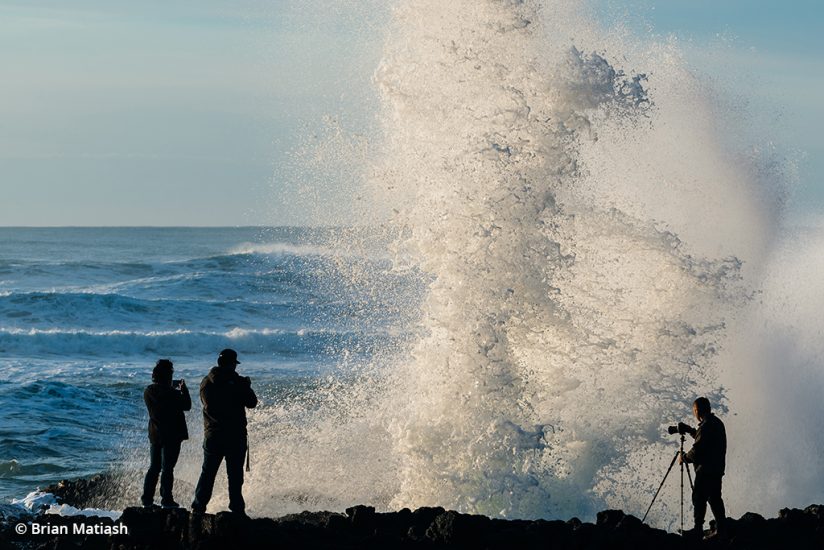
So, next time you’re out on a landscape shoot, remember to ask yourself whether there is something, or someone, that you can include to offer your viewers a better sense of scale.
See more of Brian Matiash’s work at matiash.com.
The post Why Using Scale In Nature Photography Is So Important appeared first on Outdoor Photographer.

